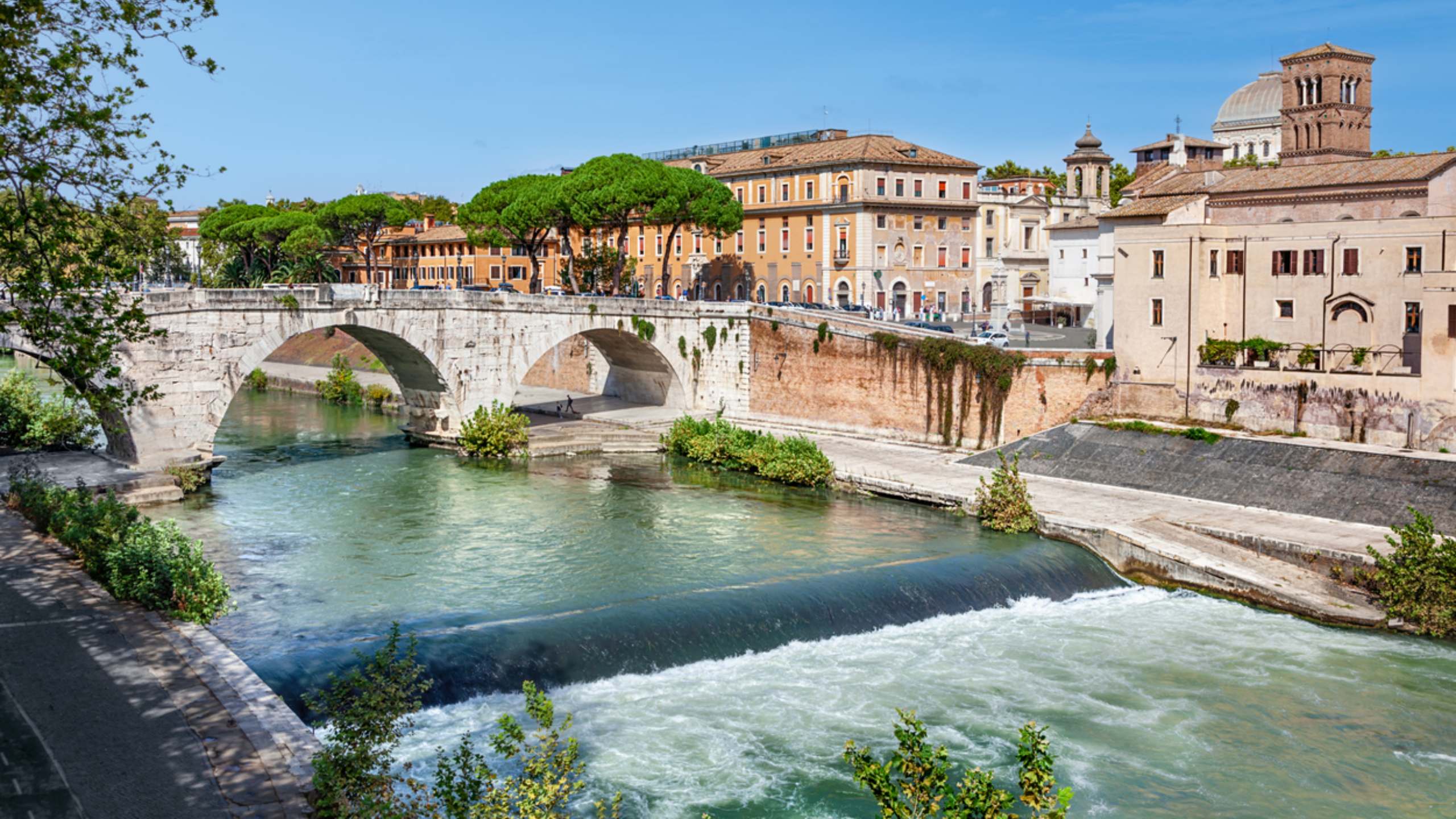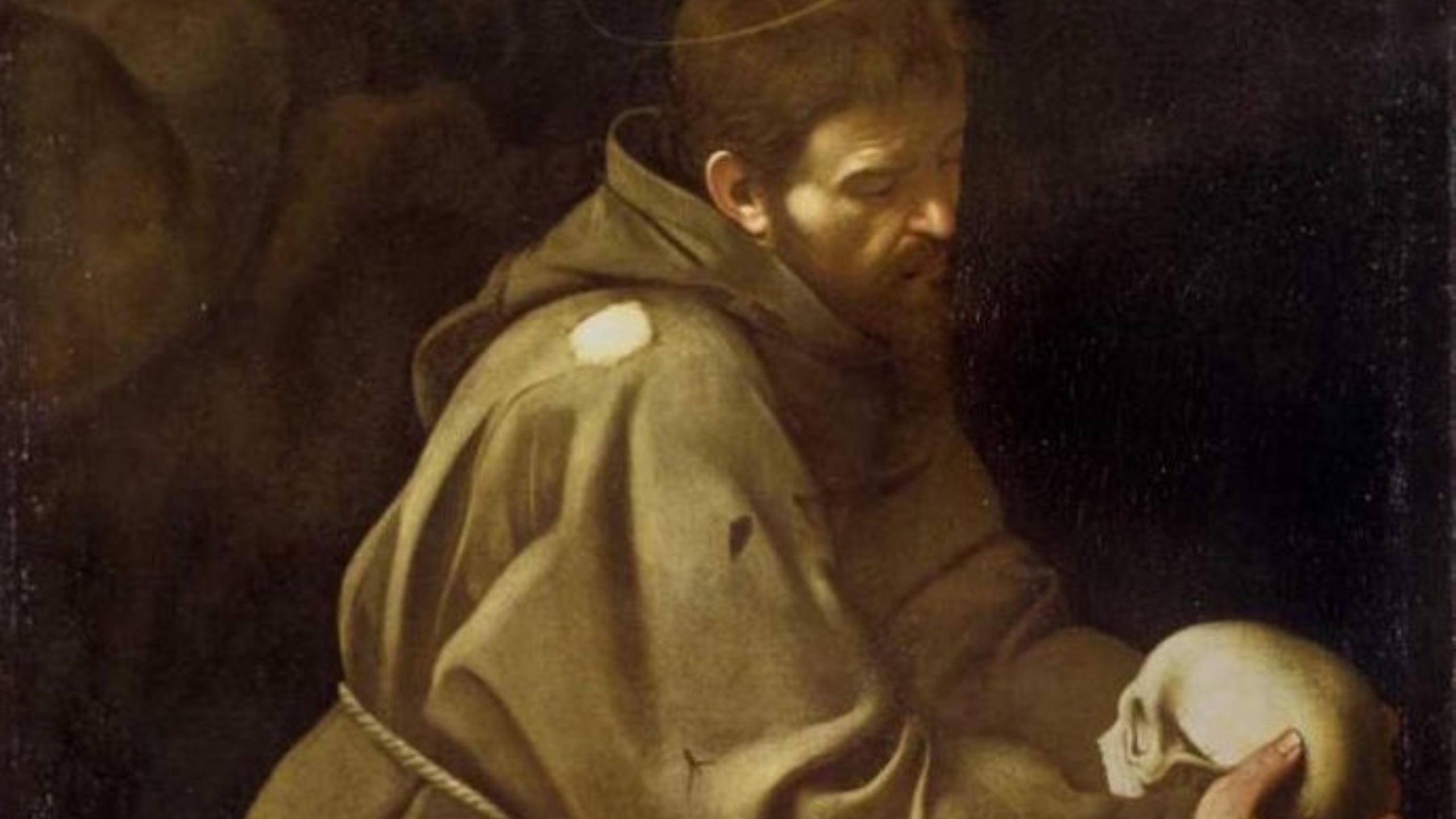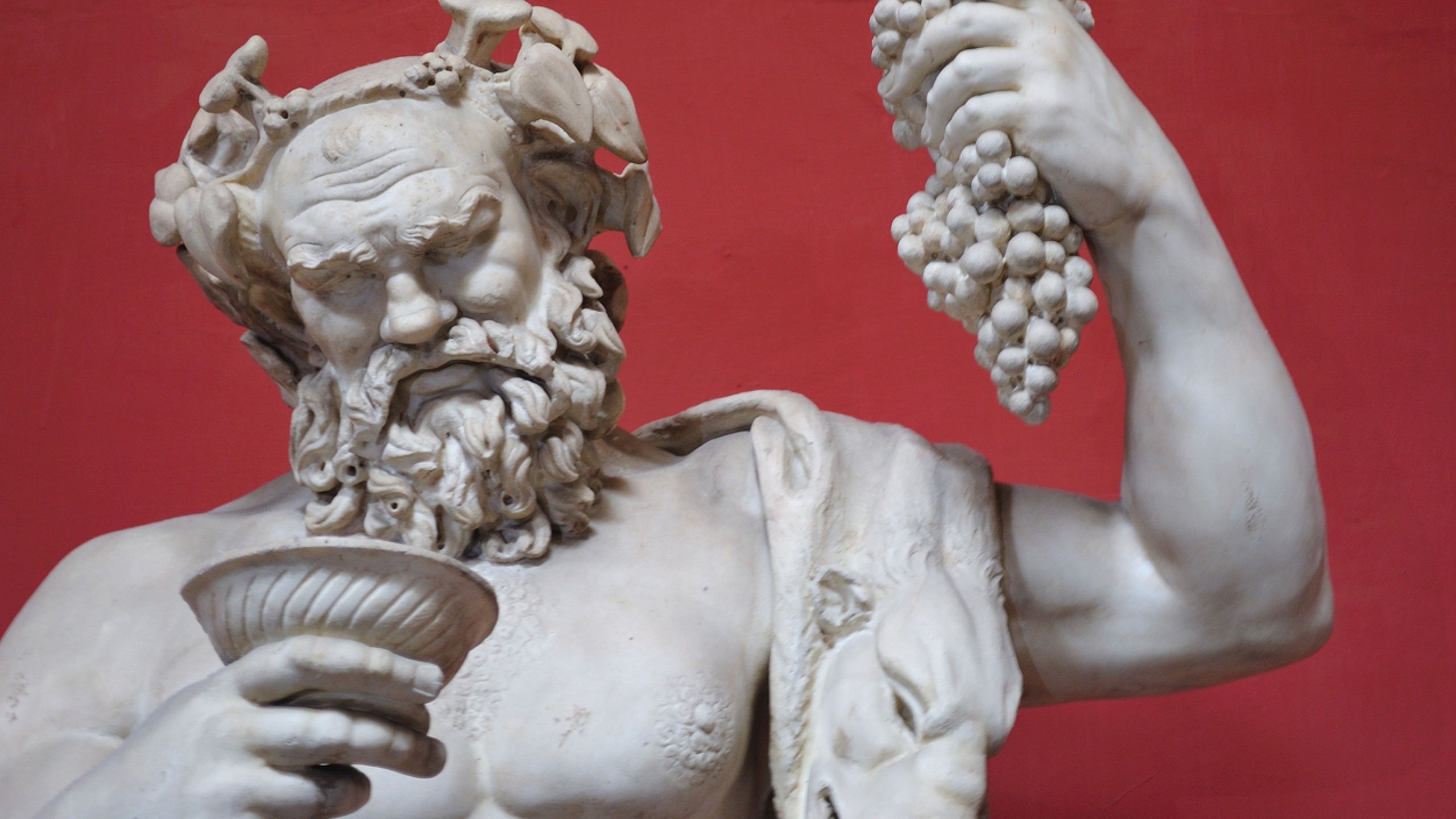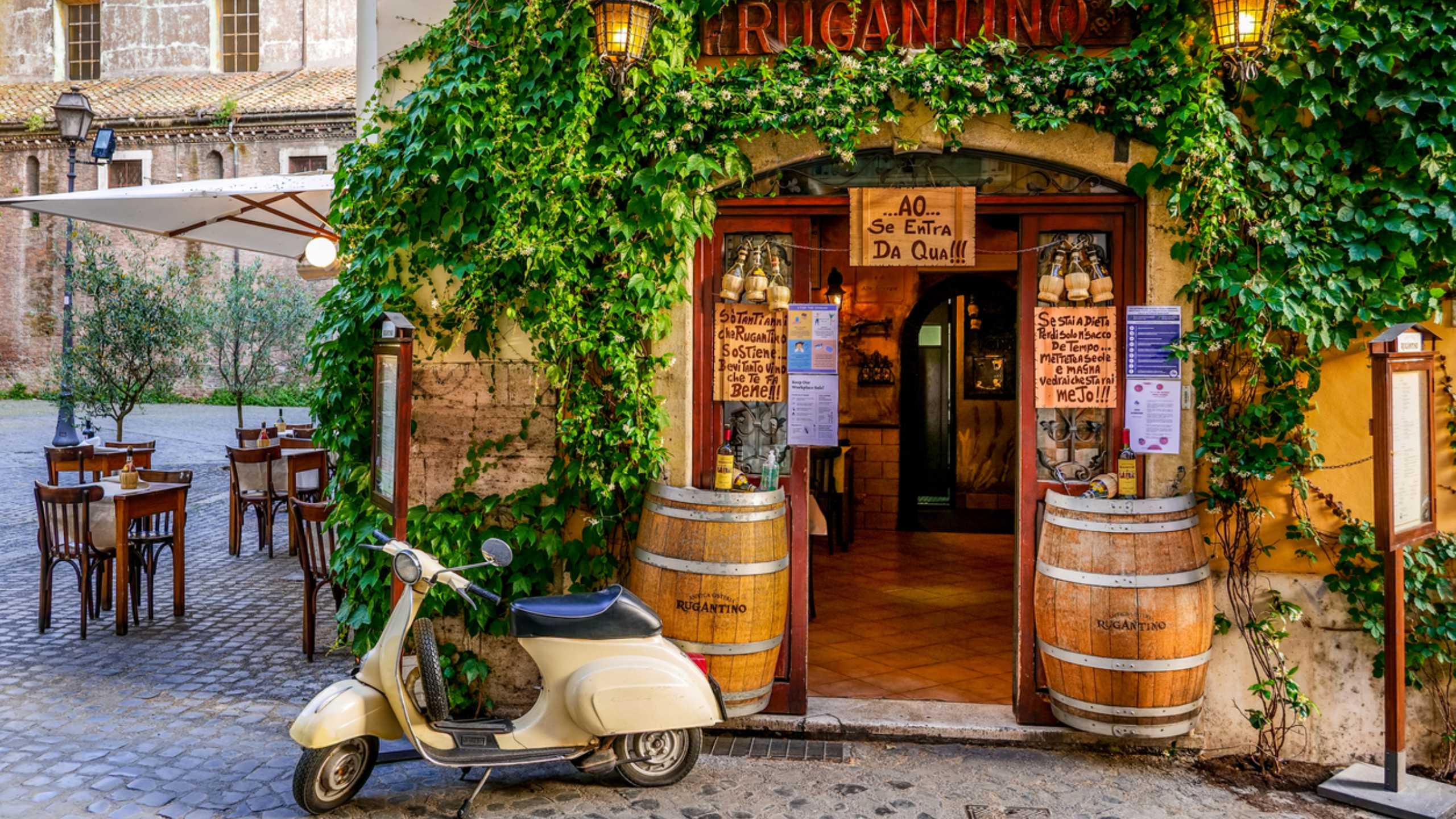Rome, the city of obelisks
Some are brought as war spoils, others are made here in imitation of the Egyptian ones. Collapsed or demolished during the Middle Ages, the obelisks return to the Roman squares thanks to a Pontiff. Who at the end of the Sixteenth century gives a new look to the City, even creating - as fans of Professor Langdon already know - a visual connection and a precise route between certain Churches.
Two of the thirteen today in Rome, the city with the most obelisks in the world, are located in “Our” Squares: Navona, home of Eitch Borromini, and the Spanish one, where Eitch Belsiana opened last year. Let’ see them together.
The eight Egyptians
With its over thirty-two metres, the obelisk called ‘Lateran’ is the tallest in the world. In red granite from Thebe, is also the oldest despite being the last to reach Rome and - according to legend – the golden orb added on top would contain Caesar’s ashes.
The second highest, in pink granite and free of hieroglyphs, is the so-called ‘Vatican’ - as the name suggests, located in Saint Peter’s Square designed by Bernini. Brought to the Eternal City in 37 C.E., is the only one of Rome’s obelisks to have never fallen.
The third one, called ‘Flaminio’, is located in People’s Square and is one of the first to be transported in Rome together with the ‘Campense’ today at Montecitorio, in the Parliament Square. In front of the Quirinale (the Presidential seat) instead, we find the ‘Mausoleum’ obelisk – in pink granite from Aswan and named so because of its first placement, in front of the tomb of the Roman emperor Augustus.
Finally, the last three: the ‘Macuteo’ in Rotonda Square, placed on the fountain in front of the Pantheon; the ‘Dogali’, dedicated to the Italian fallen in the Eritrean war and raise in front of the Termini railway station; and the smallest of all - the ‘Minerveo’ -, of less than six metres, placed by Bernini on the (famous) little elephant sculpture in the Minerva Square behind the Pantheon.
The five Romans
The smallest, ‘Aurelian’ or ‘of Pincio’, is one of the many hommages wanted by the emperor Hadrian after the tragic and premature death of his great love Antinous. In Egyptian pink granite, is found in three pieces near the Aurelian walls and placed on the terrace above the People’s Square. The tallest, ‘Esquilino’, will be moved from the tomb of Augustus to the Square of the same name, in front of the Saint Mary’s Major Church.
Between the two, a “hybrid” obelisk – half Egyptin and half Roman: the ‘Capitoline’, due to its initial position in front of the Capitol, or the “Matteiano”, from the name of the noble Art collector and patron of Caravaggio who at the end of the sixteenth-century receives it as a gift from the Italian Senate.
Lastly, the obelisks of Navona Square and Spanish Square. The former, ‘Agonale’ in reference to the initial Roman agonistic stadium, is - according to leggend - the reason why Bernini (who propose its placement on the Fountain of the Four Rivers) wins over his rival Borromini the competition for the design of the Square. The latter, ‘Sallustian’ because of the place of its discovery, is engraved by copying and Egyptian inscription and seems to contain some mistakes.
Thirteen obelisks thanks to five Roman emperors, ten Popes and an unknown number of archaeologists, restorers, architects and great Artists: perfect or not, the Roman panorama would not be the same without them.







